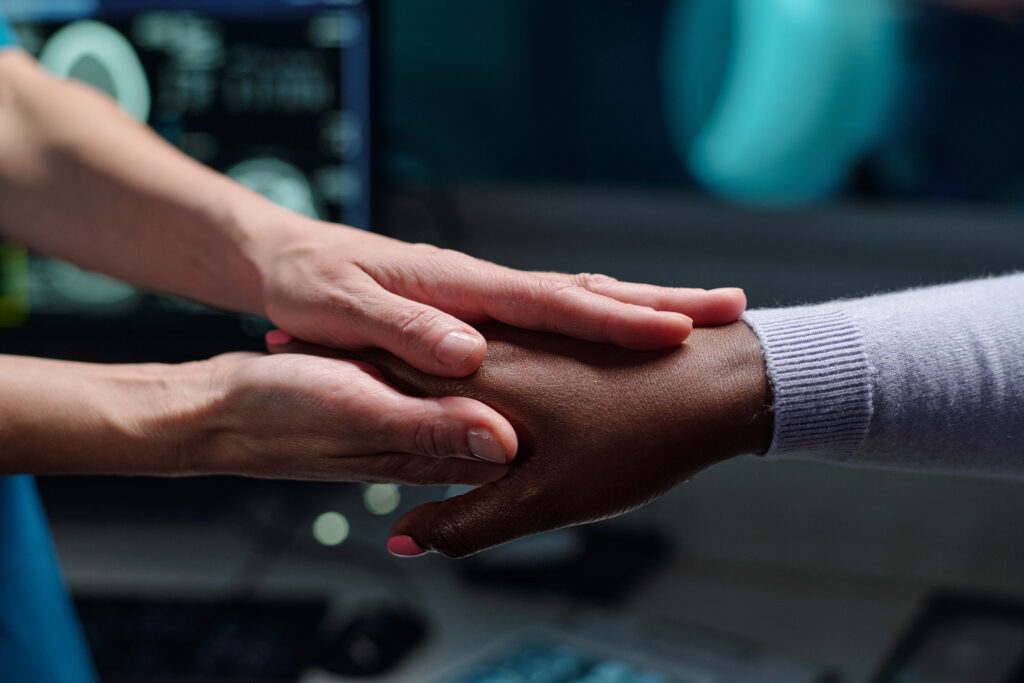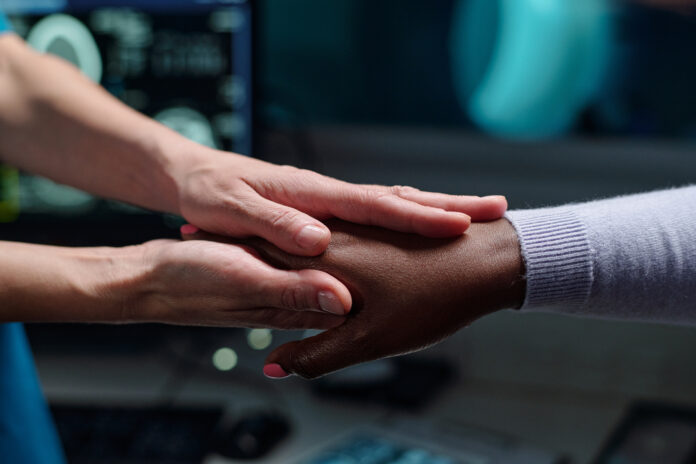The Care That Carried Us: Lessons from the HIV/AIDS crisis and what they still mean today
By Dr. Zachary LaVigne, B.S., D.C.

When HIV began tearing through the queer community in the early 1980s, it didn’t just attack bodies. It exposed every crack in the system. Hospitals turned people away. Government officials stayed silent. Funeral homes refused to handle the dead. And yet, somehow, queer folks didn’t fall apart. They stepped in.
Lesbians became caregivers when no one else would. Drag queens organized fundraisers. Partners, roommates, and friends washed sheets, made soup, held hands, and fought like hell to be let into hospital rooms. This wasn’t just about love. It was about survival. It was about dignity. It was about refusing to let anyone die alone.
That kind of care built something more powerful than any institution. It created a blueprint for how communities survive when the system fails. And that blueprint still matters—because the epidemic isn’t over.
So what is HIV, exactly? It stands for human immunodeficiency virus. It weakens the body’s immune system by targeting CD4 cells, which help protect us from infections. Over time, if the virus goes untreated, it can destroy so many of these cells that the immune system starts to collapse. That’s when HIV becomes AIDS.
At this point, even a mild cold or small cut could turn life-threatening, because the body no longer has the resources to defend itself. But this isn’t the 1980s anymore.

With modern medications, particularly antiretroviral therapy, people living with HIV can live long, healthy lives. These drugs can suppress the virus to undetectable levels. And when it’s undetectable, it’s untransmittable. That’s the science behind U=U. It means someone who is HIV positive but undetectable cannot pass the virus through sex. This is one of the most important medical breakthroughs of our time.
Still, the body is only part of the picture. The immune system doesn’t just rely on pills. It relies on people. Research shows that chronic stress, fear, and loneliness can suppress immune function. Feeling safe, loved, and connected literally helps us fight off illness.
This is where the idea of chosen family becomes more than a cultural concept. It becomes a form of medicine. The care networks formed by queer communities during the early days of the AIDS crisis weren’t just noble. They were necessary. They filled the gap left by hospitals and governments. They offered hugs, hot meals, clean bedding, and legal battles when none of that was guaranteed.
Those networks still exist today, and they’re still saving lives.
Events like Joining Hearts aren’t just about raising money. They’re about raising each other. They are joyful, beautiful reminders that we are still here, and we still take care of our community. This kind of celebration is more than just a good time. It’s an act of resistance. It’s a form of healing.

Too many people still lack access to treatment. Too many still face stigma or feel unsafe talking about their status. And far too many carry the weight of it all alone. But they shouldn’t have to.
The legacy of queer care is not a relic of the past. It is a living, breathing force. The HIV crisis showed us what happens when systems fail, but it also showed us what happens when we show up for each other anyway.
If you’re here for Joining Hearts Weekend, you are part of that legacy. So dance. Celebrate. Remember. And keep taking care of each other. The immune system runs on community and love.

